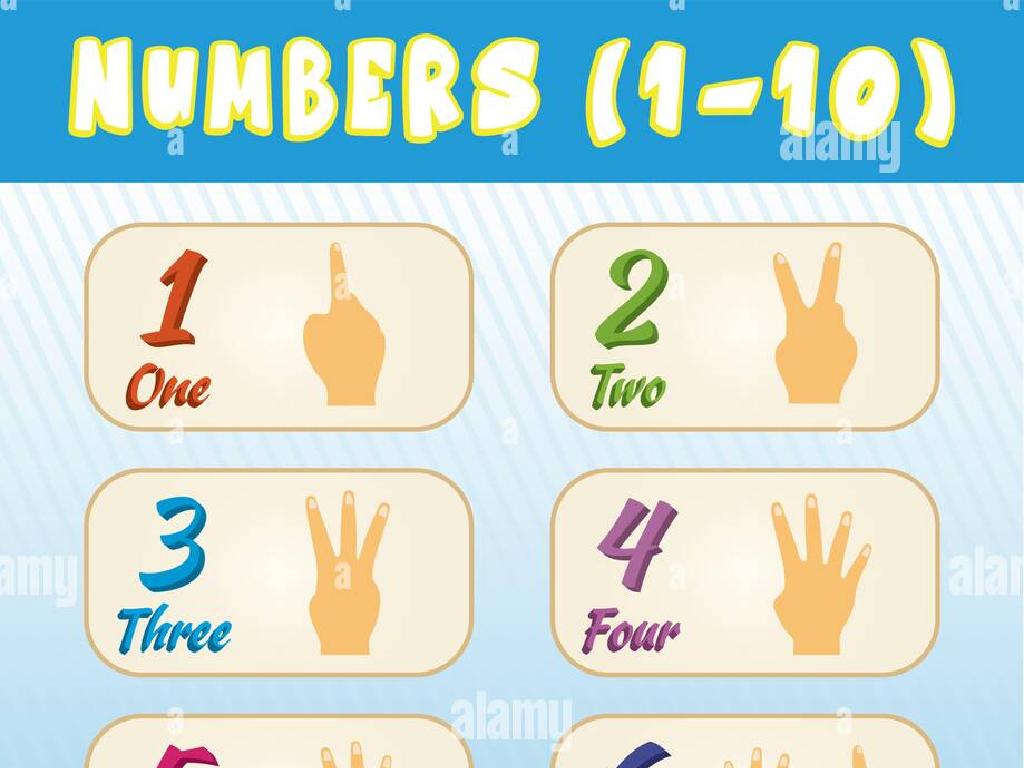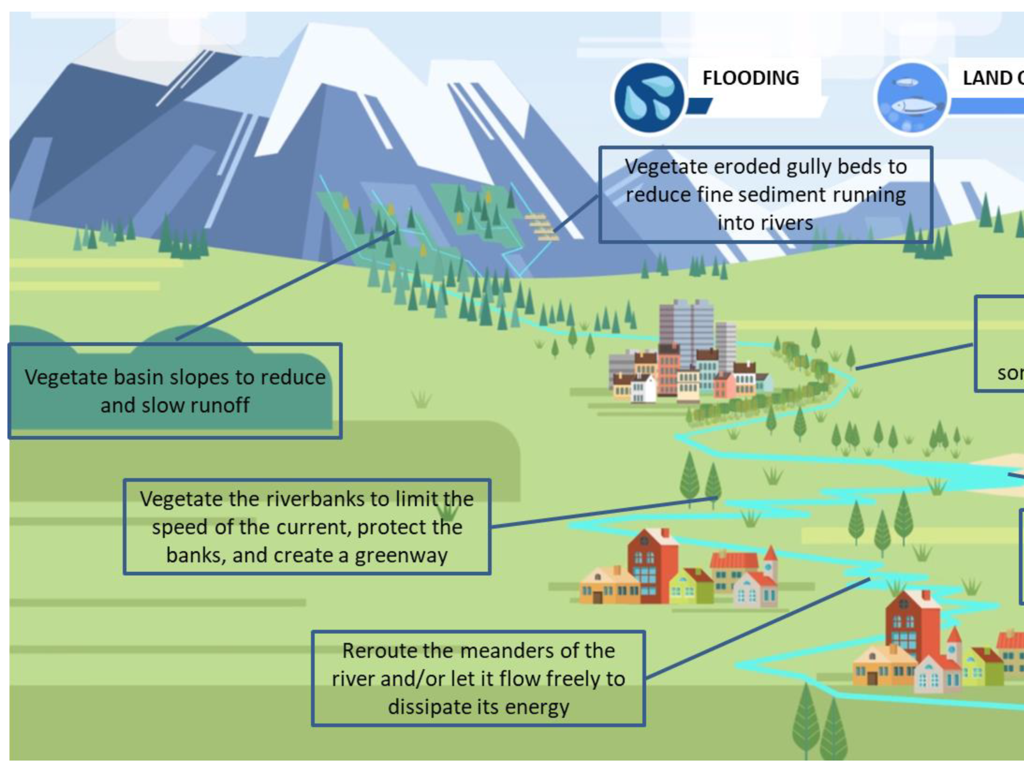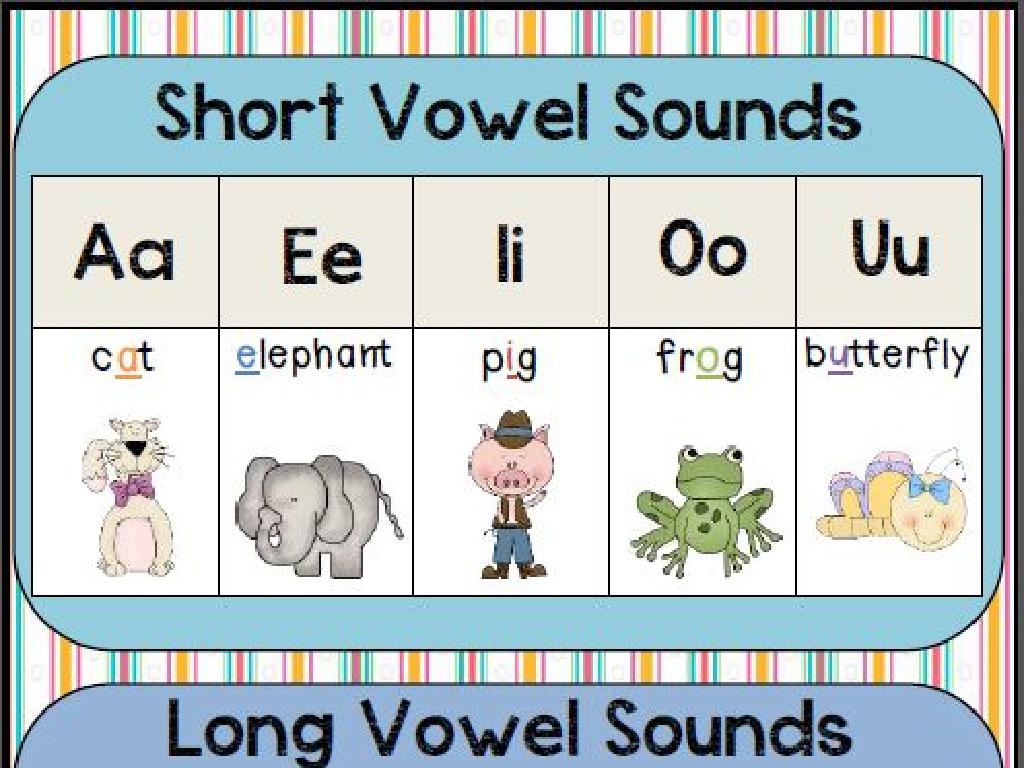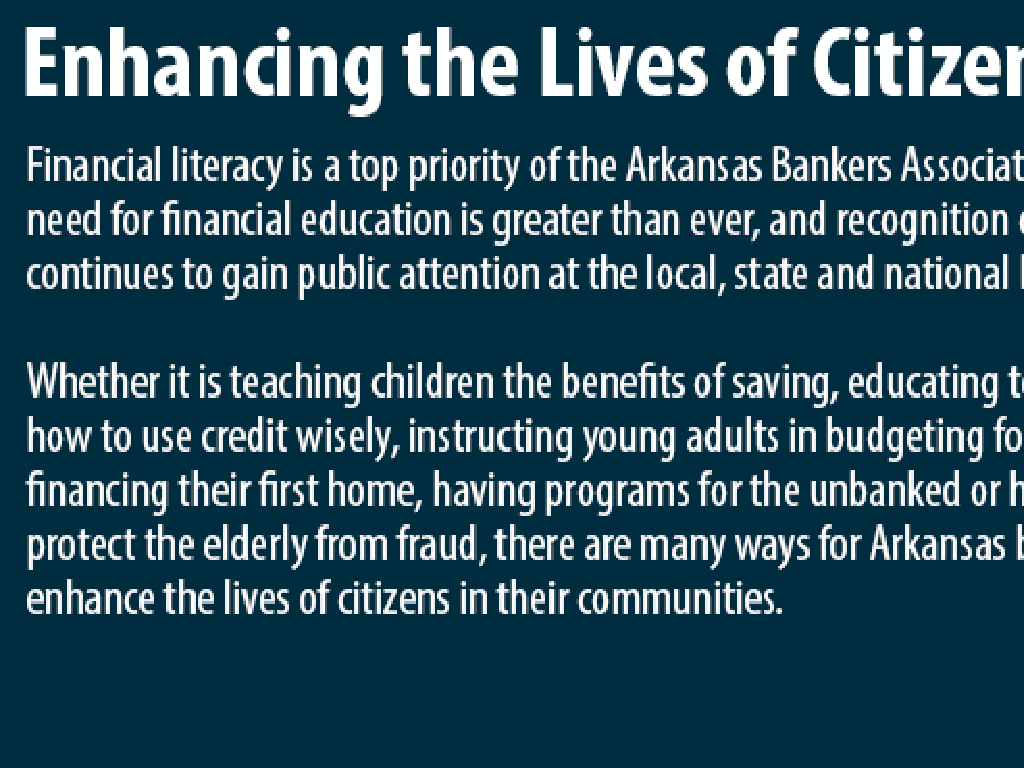Solve Percent Equations
Subject: Math
Grade: Eighth grade
Topic: Percents
Please LOG IN to download the presentation. Access is available to registered users only.
View More Content
Welcome to Percents!
– Understanding percents
– Percents represent parts of a whole, like 25% is 25 out of 100
– Percents in daily life
– Used in shopping discounts, interest rates, and statistics
– Today’s goal: Solve equations
– Learn to find the whole, part, or percent in problems
– Mastering percent calculations
|
This slide introduces students to the concept of percents and their relevance in everyday life. Begin by explaining that a percent is a fraction of 100, which makes it a way to express proportions. Show how percents are used in various real-life scenarios, such as calculating discounts during shopping, understanding interest rates in banking, or interpreting data in statistics. The main objective of today’s lesson is to equip students with the skills to solve percent equations, which is a foundational skill in algebra and critical for their future math courses. Encourage students to think of percents as another way to express fractions and decimals, and ensure they understand the importance of mastering this concept for practical applications.
Understanding Percentages
– Percent defined as part per hundred
– Symbol for percent: %
– Real-life examples of percents
– Discounts, interest rates, and statistics
– Calculating with percents
– Use percents to find totals, discounts, and interest
|
This slide introduces the concept of percent to the students, defining it as a part per hundred, which is a fundamental building block in understanding how percentages work in mathematics and in everyday life. Emphasize the percent symbol (%) and ensure students can recognize and use it correctly. Provide relatable examples such as how discounts are calculated during shopping, how interest rates are determined in banking, and how statistics are reported in the media. Encourage students to think of additional examples where they encounter percentages. Lastly, introduce the concept of calculating with percents, which will be the basis for solving percent equations. This will set the stage for practical applications of percentages in various scenarios, reinforcing the importance of this mathematical concept.
Converting Fractions, Decimals, and Percents
– Convert fractions to decimals
– Divide the numerator by the denominator to convert a fraction to a decimal.
– Change decimals to percents
– Multiply a decimal by 100 to get the percent value.
– Practice conversion problems
– Solve practice problems to reinforce conversion skills.
– Comprehend relationships
– Understand how each form represents a part of a whole.
|
This slide introduces students to the essential skill of converting between fractions, decimals, and percents, which is fundamental in solving percent equations. Start by explaining the process of converting fractions to decimals by division. Then, show how to convert decimals to percents by multiplying by 100. Provide a set of practice problems for students to apply these conversions. Emphasize the importance of understanding how fractions, decimals, and percents are different ways to represent the same value and how they relate to each other. This understanding is crucial for their success in working with percent equations and real-world applications.
Writing Percent Equations
– Structure of percent equations
– Consists of base (total), percentage, and part (portion of base)
– Identify base, percentage, part
– Base is the whole, percentage is the rate, part is a portion of the base
– Write equations from problems
– Translate word problems into algebraic expressions
– Practice with real examples
|
This slide introduces students to the concept of writing percent equations, which is a crucial skill in solving problems involving percents. Start by explaining the structure of a percent equation, which typically involves three components: the base (the total or whole amount), the percentage (the rate or proportion), and the part (the portion of the base). Emphasize the importance of correctly identifying these elements in a word problem. Then, guide students through the process of translating word problems into algebraic expressions that represent percent equations. Provide real-world examples and practice problems to help students apply what they’ve learned. Encourage them to think about where they encounter percentages in daily life, such as in sales tax calculations, discounts, and interest rates.
Solving Percent Equations
– Steps to solve percent equations
– Identify the base, rate, and percentage; set up the equation.
– Use proportions for missing values
– Set up a proportion where part/whole = percent/100.
– Solve with algebraic methods
– Rearrange the equation to isolate the variable.
– Practice with examples
– Apply these steps to solve example problems.
|
This slide introduces students to the systematic approach to solving percent equations. Start by explaining the components of a percent equation: the base (the whole amount), the rate (the percent), and the percentage (the part). Show how to translate a word problem into an equation. Then, demonstrate setting up a proportion to find a missing value, emphasizing the cross-multiplication method. Next, illustrate how to use algebraic techniques to isolate the variable and solve for it. Conclude with example problems to apply these methods, ensuring students understand each step. Encourage students to practice with additional problems for mastery.
Solving Percent Equations: Practice Problems
– Example 1: Find the percent
– If 25 is 20% of a number, what is the number?
– Example 2: Find the whole
– If 8% of a number is 16, what is the number?
– Example 3: Find the part
– What is 30% of 150?
|
This slide provides practice problems for students to apply their knowledge of percent equations. Example 1 focuses on finding the percent when given a part and the whole. Example 2 is about finding the whole when given a part and the percent. Example 3 asks students to find the part given the whole and the percent. Encourage students to set up the percent equation for each problem and solve for the unknown. Remind them to convert percentages to decimals in their equations. These examples will help solidify their understanding of the relationship between the part, whole, and percent in different scenarios.
Common Mistakes in Solving Percent Equations
– Correct placement of percent value
– Ensure the percent is on the correct side of the equation.
– Convert percent to decimal first
– Always divide the percent by 100 before using it in calculations.
– Differentiate part from whole
– Understand ‘part’ is what you’re finding, ‘whole’ is the total amount.
– Practice with examples
|
This slide aims to highlight frequent errors students make when solving percent equations. Emphasize the importance of placing the percent value correctly within the equation, as misplacement can lead to incorrect results. Remind students that percents must be converted to decimals, which involves dividing by 100, before they can be used in calculations. Clarify the difference between ‘part’ and ‘whole’ to avoid confusion; ‘part’ refers to the portion of the total ‘whole’. Provide practice problems that allow students to apply these concepts and reinforce their understanding. Encourage them to double-check their work for these common mistakes.
Class Activity: Percent Scavenger Hunt
– Find percent examples in class
– Create your own percent equation
– Think of real-life scenarios, like discounts or statistics
– Solve your classmates’ equations
– Exchange equations with peers and find solutions
– Discuss findings with the class
– Share your process and the solution you found
|
This interactive activity is designed to engage students with practical applications of percent equations. Begin by having students search the classroom for any items or references that involve percentages, such as charts, graphs, or even textbook examples. Next, encourage them to create their own percent equations based on real-life scenarios, like calculating discounts or interest rates. Students will then swap their equations with classmates and work on solving them, promoting collaboration and problem-solving skills. Conclude the activity with a class discussion where students can share their findings, the strategies they used, and the solutions they arrived at. This will reinforce their understanding of percent equations and their ability to apply them in various contexts.
Review and Q&A: Solving Percent Equations
– Recap solving percent equations
Remember the formula: Part = Percent × Whole
– Ask your questions now
– Let’s clarify any confusion
We’ll go over any steps or concepts that aren’t clear.
– Wrap up today’s lesson
|
This slide is aimed at reinforcing the students’ understanding of solving percent equations. Begin with a brief recap of the formula and methods used to solve percent equations. Encourage students to actively participate by asking questions about any part of the lesson they found challenging. Address any misconceptions or confusions to ensure a solid grasp of the topic. As the class wraps up, summarize the key points and remind students of the importance of mastering percent equations for real-world applications. Provide additional examples if time allows and encourage students to practice more problems at home.
Homework: Mastering Percent Equations
– Complete the percent equations worksheet
– Study for the upcoming quiz on percents
– Collect real-life percent examples
– Find examples like discounts, interest rates, or statistics
– Be ready to discuss your examples
– Think about sales, bank accounts, or report data
|
This homework assignment is designed to reinforce students’ understanding of percent equations through practice and real-world application. The worksheet provides structured problems for students to solve, ensuring they are comfortable with the mathematical processes involved. Studying for the quiz encourages them to review and consolidate their knowledge. Collecting real-life examples of percents will help them see the relevance of what they’re learning in everyday situations, such as calculating discounts during shopping or understanding interest rates on savings. Encourage students to be creative and find diverse examples. During the next class, be prepared to facilitate a discussion where students can share and explain the percent examples they found, fostering a deeper connection between mathematical concepts and their daily lives.





